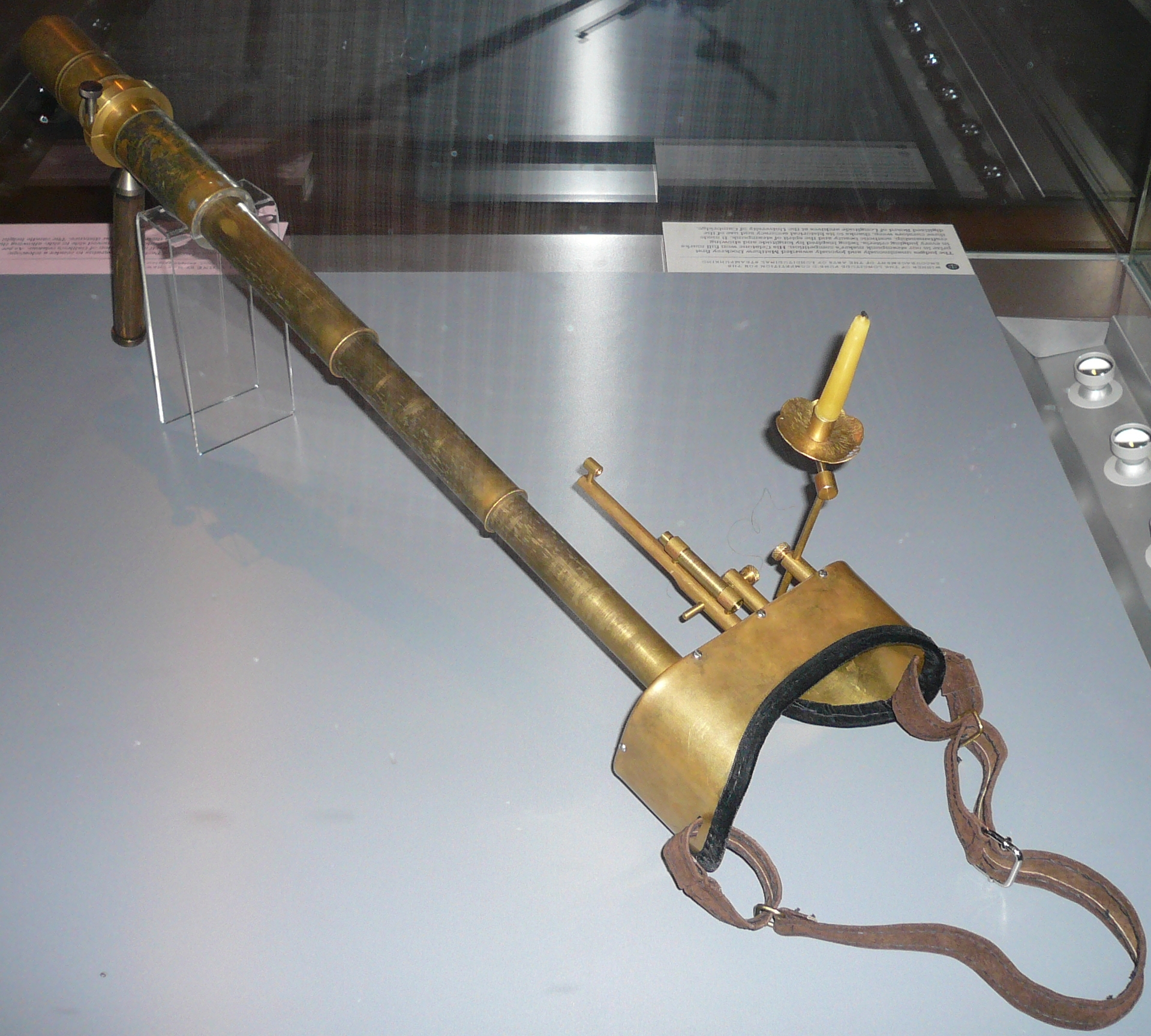Celatone (ricostruzione) IF 102793 on:
[Wikipedia]
[Google]
[Amazon]

 The celatone was a device invented by
The celatone was a device invented by
Video animation of a Celatone and its use in discovering the longitude for marine navigation
"Apparatus to render a telescope manageable on shipboard"
{{Authority control Astronomical instruments

 The celatone was a device invented by
The celatone was a device invented by Galileo Galilei
Galileo di Vincenzo Bonaiuti de' Galilei (15 February 1564 – 8 January 1642) was an Italian astronomer, physicist and engineer, sometimes described as a polymath. Commonly referred to as Galileo, his name was pronounced (, ). He was ...
to observe Jupiter's moons
There are 82 known moons of Jupiter, not counting a number of moonlets likely shed from the inner moons. All together, they form a satellite system which is called the Jovian system. The most massive of the moons are the four Galilean moons: ...
with the purpose of finding longitude
Longitude (, ) is a geographic coordinate that specifies the east–west position of a point on the surface of the Earth, or another celestial body. It is an angular measurement, usually expressed in degrees and denoted by the Greek letter l ...
on Earth. It took the form of a piece of headgear with a telescope taking the place of an eyehole.
Modern versions
In 2013, Matthew Dockrey created a replica celatone, using notes from a version created by Samuel Parlour. From April 2014 to January 2015, Dockrey's celatone was on display in theRoyal Observatory, Greenwich
The Royal Observatory, Greenwich (ROG; known as the Old Royal Observatory from 1957 to 1998, when the working Royal Greenwich Observatory, RGO, temporarily moved south from Greenwich to Herstmonceux) is an observatory situated on a hill in ...
in east London.
See also
*Longitude prize
The longitude rewards were the system of inducement prizes offered by the British government for a simple and practical method for the precise determination of a ship's longitude at sea. The rewards, established through an Act of Parliament (t ...
* Galilean moons
References
*External links
Video animation of a Celatone and its use in discovering the longitude for marine navigation
"Apparatus to render a telescope manageable on shipboard"
{{Authority control Astronomical instruments